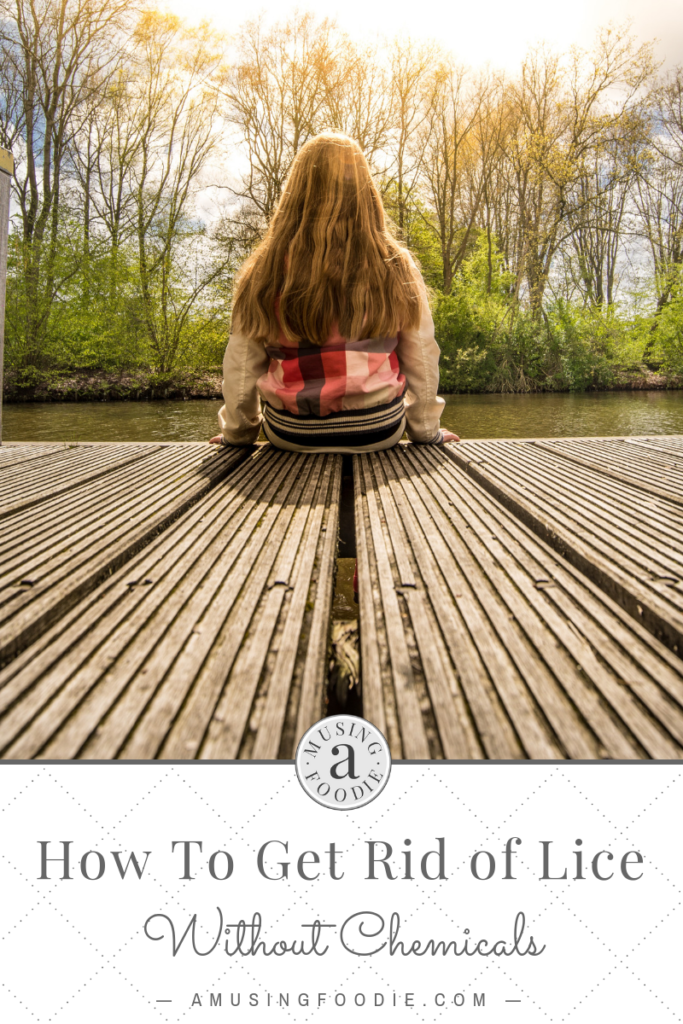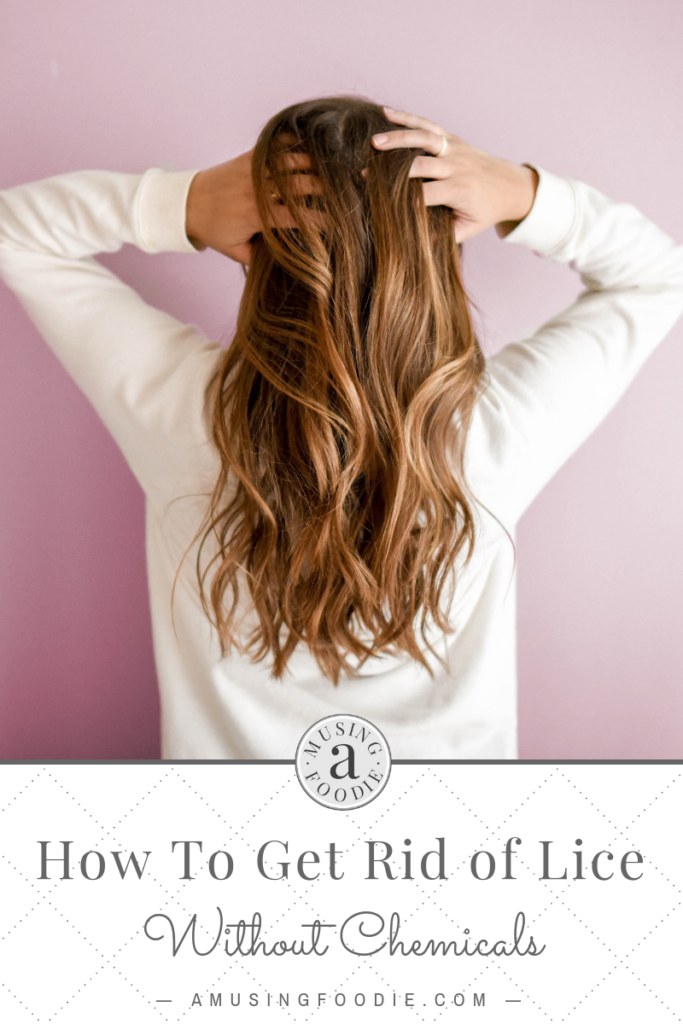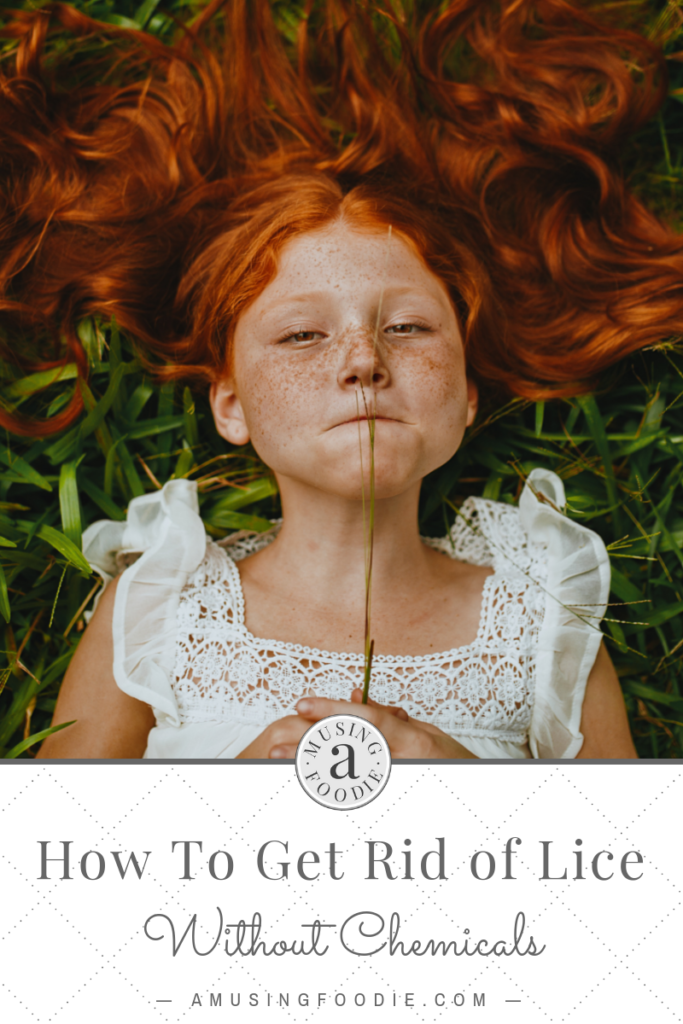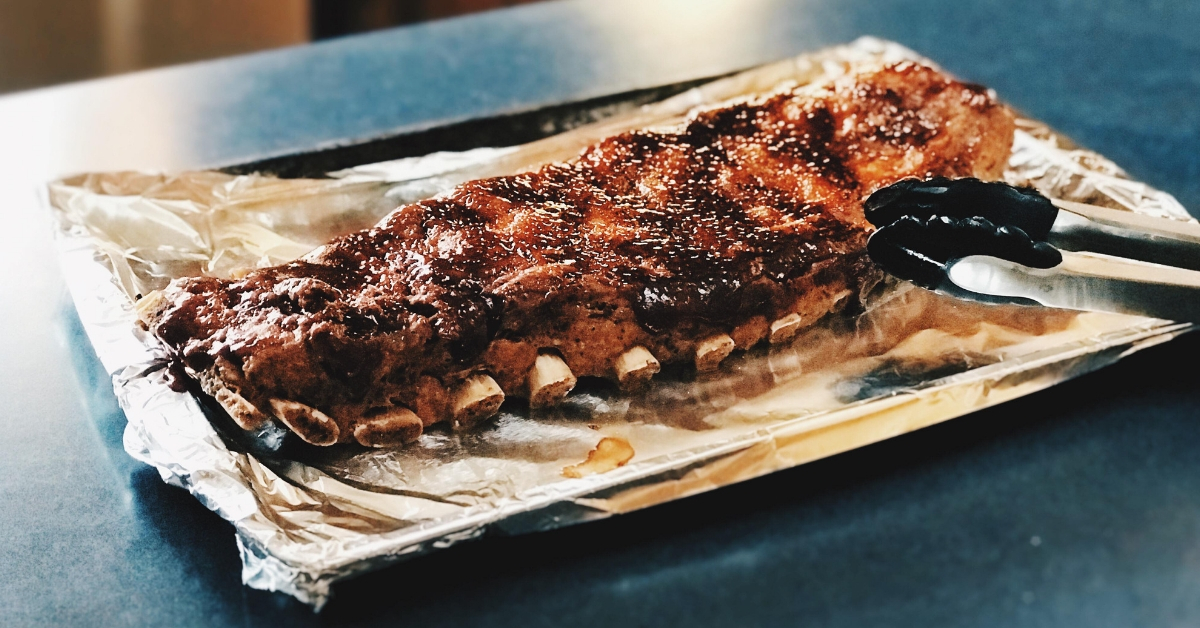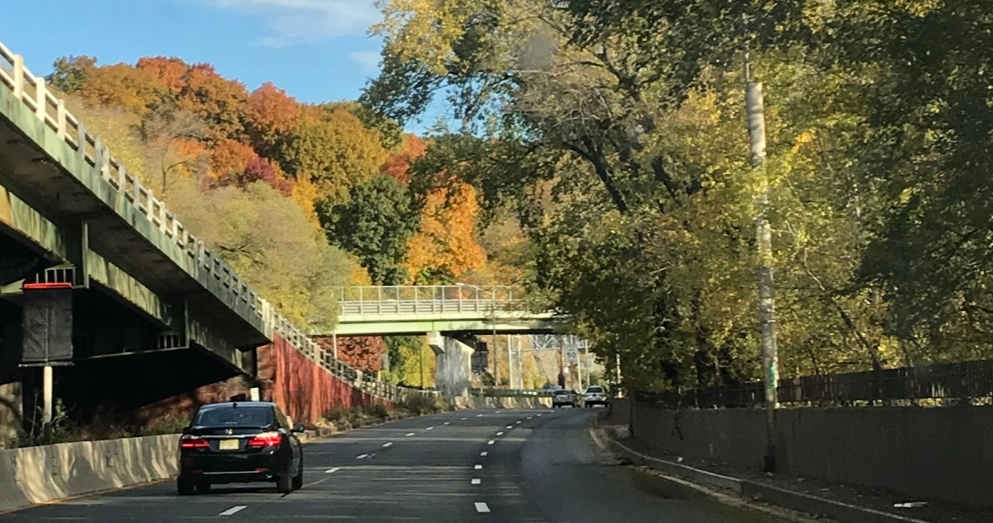Last updated on October 10, 2022 by Liza Hawkins
Getting rid of lice may seem daunting, if not impossible. Once you understand the simple steps for how to get rid of lice without chemicals, your mind will be more at ease!
Disclaimer: this resource isn’t intended to replace medical advice.
As an Amazon Associate I earn from qualifying purchases. This post may contain affiliate links.
Growing up, my sister and I never had lice.
I’m not sure if any friends did because back in the ’80s, no one talked about it. Social media didn’t exist to connect people, whether that connection was for neighborhood meet-ups, mutual interest in fandoms like Outlander, for medical reasons or for understand parenting-related quandaries.
Sure, Baby Center was a thing and the message boards served as a very basic way to meet other pregnant woman and new moms. But after the baby stage, that connection was like POOF! Gone.
It wasn’t until my kids were in elementary school that I realized lice is pretty common — if the number of warning sheets that came home in their backpacks during the school year were any indication.
There’s a lot of misconception and stigma associated with lice. It’s no one’s fault really.
Before the internet because a household thing, it was hard to find and access info about many things. It’s a lot harder to quickly understand a problem when you have to schlep to the library to research, or rely on someone else’s misguided advice … and people made lots of wrong assumptions about lice.
I’ll talk a little more about those misconceptions in a bit.
But, first off: We’ve had lice in our house.
As part of that journey, I’ve learned a lot about what to do (and what not to do) when that happens.
I did a number of wrong things the first time years ago that created a pervasive problem. I thought I was doing all the right things because that’s what the packages in the aisle at the drugstore told me.
Except, the lice wouldn’t go away.
We were three months in, boxes and boxes of “lice treatments” tried and tossed, and finally I threw my hands up in there air with a fervor (and much frustration), and called in a professional who showed me the correct way to get rid of lice.
Oh. My. Gosh.
We’ve had lice one more time since then, and thanks to her teachings, I was able to mitigate it all by myself. Simply. Without chemicals.
Freedom!!!
Lice Misconceptions
Lice is a common problem for families all over the world and within varying socioeconomic statuses.
Lice can only exist with a human host who has hair (unlike fleas or bedbugs that can infest a house). And, despite common misconceptions, getting lice has nothing to do with cleanliness or being poor, or anything other than (again): being a human with hair.
Before getting into how to get rid of lice without chemicals, let’s discuss some more lice misconceptions, shall we?
Misconception: Now that one person in the family has lice, everyone’s going to get it!
Just because one person in the family has lice, not everyone will necessarily get it, too. That said, you’ll still want to give all family members (with hair) a head check just to be sure. Over ninety percent of moms and twenty percent of dads get lice from their kids.
Misconception: Lice is going to infest my house!
Lice and nits aren’t living in your home and re-infesting your family. Lice only lives and reproduces on a human head. Off the head (their food source), adult lice die within thirty-six hours and they only lay nits on human heads, so don’t worry about pets.
Misconception: Lice will spread everywhere from kids sharing cubbies and other school areas!
Lice don’t fly or jump. They crawl from one head to another with head-to-head contact, and very infrequently through personal items like brushes, hats or helmets. You rarely, if ever, get lice from hanging coats together in a coatroom, a cubby or throwing them in a pile on the playground.
Misconception: Boys don’t get lice.
Boys do get lice. Even boys with short haircuts or buzz cuts. Shaved heads don’t get lice.
Misconception: Nits are a problem no matter what!
Once a nit is removed from the head it’s no longer viable. It’s just like a speck of dirt.
Misconception: Lice is only a summer problem.
There’s no season for lice. It’s a year-round, world-wide problem.
Misconception: Children need to be kept out of school for at least a week.
Kids don’t need to stay home from school for a week. According to the CDC, once the first treatment (i.e., combing) has been finished, it’s fine for kids to return to school.
How To Get Rid of Lice Without Chemicals
If you or your children complain of an itchy head or nape of the neck, it’s a good idea to perform a check to find out if it’s something like dry scalp, hair that just needs to be washed, cradle cap, eczema, etc. — or lice.
Dandruff flakes blow or brush off hair very easily, unlike nits (a.k.a. eggs) that are very sticky on the hair shaft, or lice that actually crawl around. Dandruff is white, nits are clear, and lice can be beige to dark brown. It’s pretty easy to tell the difference.
It can be difficult to see nits because they’re clear and small, and the lice themselves move very quickly, so combing with the right tools and process, as well as using a bright light (like a desk lamp or head lamp) that can act as a spot light, are your best friends in the lice-checking or delousing process.
Comb, comb, comb and then comb some more!
Spoiler alert: combing with a good metal comb like this one is the most effective way to rid a head of lice and nits.
I wouldn’t waste time or money on the “kits” at the store with chemical treatments and plastic combs. They’re just not effective.
Center for Lice Control based in New Jersey, and also serving Pennsylvania and Maryland, has handy resources for understanding the most effective way to check for lice and nits. The woman who came out to help me a couple years ago was affiliated, so that’s where I first heard of the organization.
There’s a technique for how to comb lice out of hair.
If you find lice and/or nits (even if it’s just one), then you need to maintain the combing process daily for a ten days, ideally twice a day if you can muster the gumption.
A proper combing can take thirty to sixty minutes, depending on how long the hair is. Find activities to keep your children occupied during the process — this can be a great reason to allow extra time on tablets, or to watch a favorite show or movie.
If you’re the one being combed, you’ll want to binge some TV, or use it as an excuse to catch up on a favorite read.
Nits hatch in roughly seven- to ten-day cycles, so about ten days later, do all the combing over again in case you missed some nits in the first go.
Here are the treatment steps:
Gather these tools and accessories:
- Detangler Solution (my favorite is KaPOW!™ Center for Lice Control Lice Attack Solution, but regular hair conditioner thinned with olive oil can work fine)
- Wide Tooth Comb
- Seven Hair Rubber-bands
- Paper Towel Sheets
- Metal Nit Comb
- Start just after a shower so hair is damp — pretty wet, but not dripping.
- Use the detangler and a wide tooth comb to completely coat the hair from roots to tips.
- If your child has long hair, use the wide tooth comb to separate the hair into four sections, like a grid or quadrants.
- Use hair rubber-bands to make ponytails out of each of the three sections (or mini-buns if hair is long).
- Use a metal nit comb like this one to comb through the un-ponytailed section from roots to ends. After two or three swipes through the hair, use a paper towel to wipe the nit comb clean.
- Inspect the paper towel for lice and nits after wiping the nit comb off each time.
- Keep repeating step five until you see zero lice or nits on the paper towel, then use a clean hair rubber-band to pull the section of hair back up into a ponytail or bun.
- Take down another section, put the dirty hair rubber-band into a plastic bag and repeat steps five through eight, until all sections are complete.
- Remove all the hair rubber-bands. Use the nit comb to do a final pass through the entire head of hair, working from front to back, and wiping the nit comb off after every two to three swipes. Make sure to get around the edges by the ears and also at the nape of the neck.
- Wash and condition hair like normal.
- Repeat the steps daily for seven days.
After ten days, go through all the steps — yes, one through eleven — another time. Then do a once-a-week preventive combing for another couple of weeks.
How to take care of all the other stuff:
Combs, brushes and hair rubber-bands can be boiled for a minute stove-top, and then left to dry and be reused.
Even if you buy new combs and brushes to use after the ten days of combing are finished, I’d still boil and reuse the same ones during the combing time frame.
I submerge them in water in a pot, bring to a boil and let them simmer for one minute, then turn the burner off and let them sit until they’re cool enough to remove. Then, I just let them air dry on a paper towel.
Bedding like sheets, blankets and pillow cases can be washed and then dried on high heat for an hour. It’s the heat from the dryer that kills the lice, not the water in the washer, so dry everything for an hour first, and then wash and re-dry like normal.
Change the pillowcases daily, along with sheets and blankets. It can be easier to rotate between a few different sets, rather than wash, dry and remake the bed with the same set everyday.
Soft or plush items like stuffed animals or pillows can be dried on high heat for an hour.
Anything else can be bagged up for thirty-six hours (the longest lice can live without a human host) and then will be good to go.
What if you don’t want to tackle getting rid of lice on your own?
Good news is, there are a variety of resources available for to help if you’d prefer not to go it alone.
Kudos to Center for Lice Control for providing simple and easy-to-understand resources, as well as access to knowledgeable “lice warriors” in Maryland, Pennsylvania and New Jersey, who can come to your home and remove lice. I also found the nonchalant attitude á la “It happens!” to take a load off and reduce the stigma associated with having lice.
Check their Lice Treatment Services for someone who can come to your home and treat the family (this usually comes with a follow-up visit, if needed).
If you live elsewhere, a quick Googling can point you in the right direction for an in-home service. You can also search for salons that do delousing on site.
